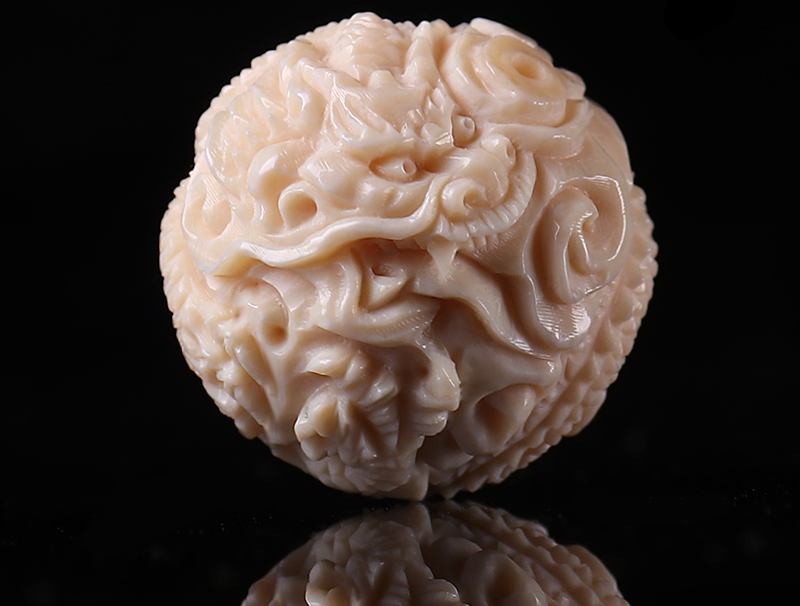Note: The following is prersented for information only. TAM is not responsible for how the reader uses this information nor for reader’s interpretation of this content. Use of this test is at the sole risk of the reader.
The ‘hot needle test’ is considered by both beginners and experts to be the tried-and-true way to test ivory. This is due to the fact that real ivory is impenetrable by heat.
To help you see results, you may want to experiment by performing this test on some items that you know are either fake or real ivory. Once you see the differences, it will be easier to determine the authenticity of an item based on the style of carving and weight. However, should you choose to use this test, there are some recommendations to consider before you begin.
In good lighting, examine the piece under a very strong magnifying glass or 15x loupe to look for graining, cracks, layering, pock marks and seam lines. Next, find a place on the item where you might place the hot needle that it will not be noticeable. If you are testing a netsuke, using the hole would probably be best. The decision of where to test will depend on each individual item and it’s structure.
Hot Needle Test
- Get a pin, large needle or straightened out safey pin.
- Using a candle or lighter, heat the point of the needle to RED HOT. Use caution you don’t get burned.
- Poke the item where it will not show.
- Observe results:
- Real ivory will not penetrate, but leave only a tiny mark.
- Resin will be penetrated and leave a small crater surrounding the hole
- Smell the smoke as you make the test.
- Real ivory will smell like your tooth when the dentist is drilling it.
- Plastic will smell like burning plastic.
- Bone, like ivory is resistant to heat, but may give off same ‘tooth’ smell, only to a lesser degree.
For more infomation about determining if an ivory piece is fake or real, visit this link where the difference between ivory, bone, resin and celluloid are discussed.
** Use of this test is at the sole risk of the reader. TAM is not responsible in any way, for any damages, real or imagined, that might result from use of this test. If in any doubt as to results, possible damage or method procedure, the only decision is to NOT perform the test and seek out professional consultation.







![Vintage Schwinn Bikes: [Types, Identification, and Values]](https://www.txantiquemall.com/wp-content/uploads/2022/05/5.-Schwinn-1967-Ramshorn-Fastback-Stingray-Sky-Blue-vtg-600x450.jpg)
